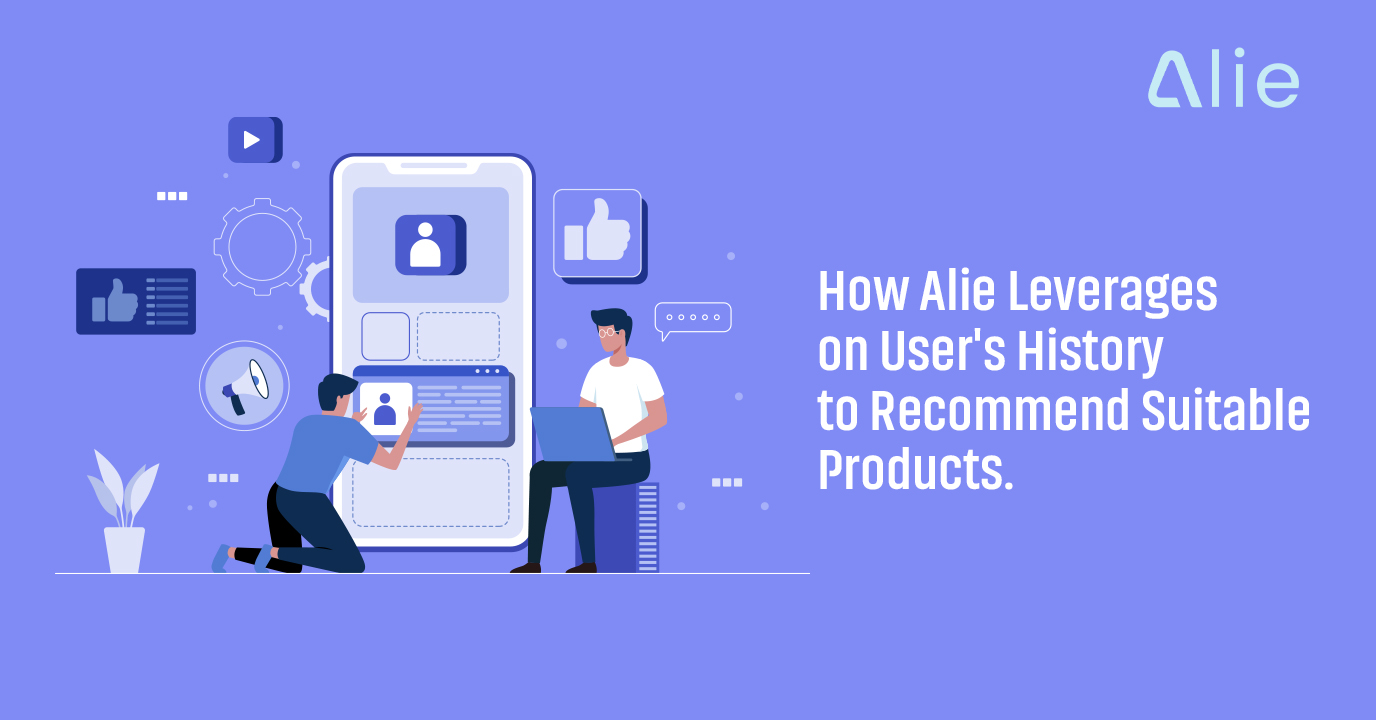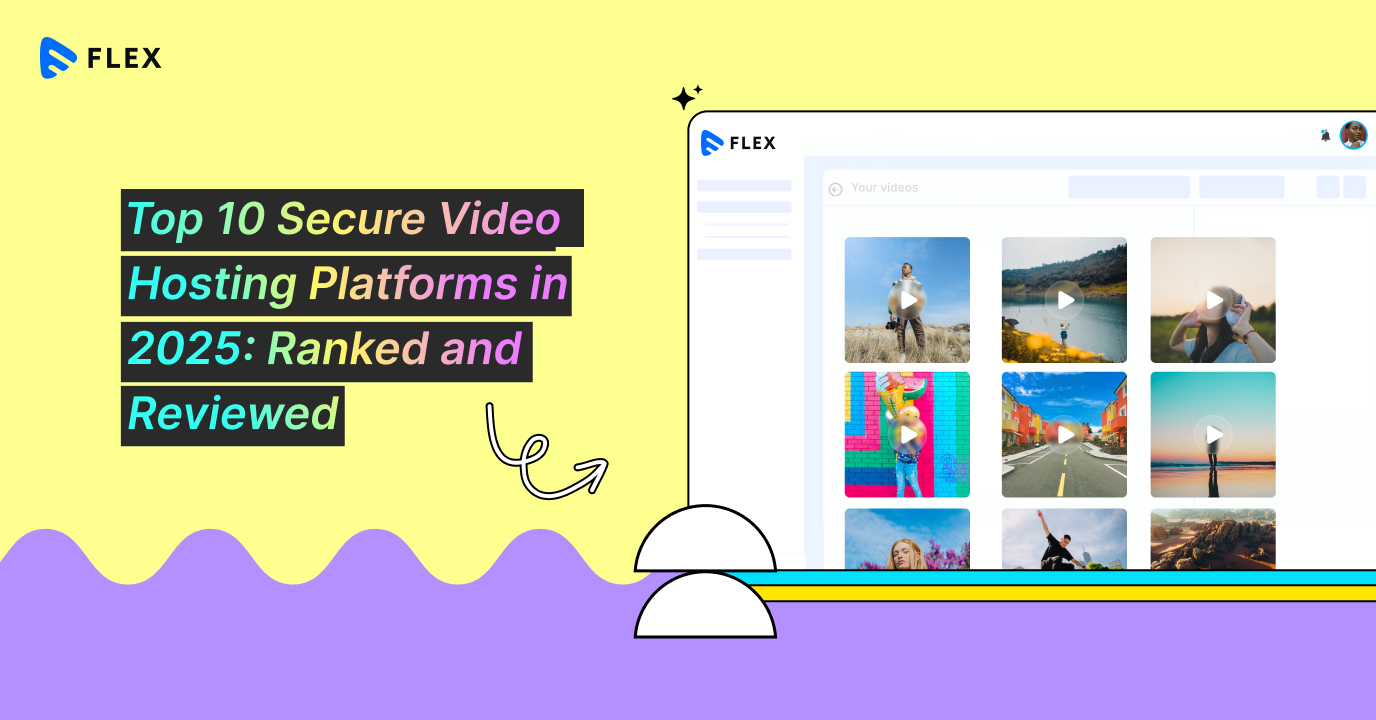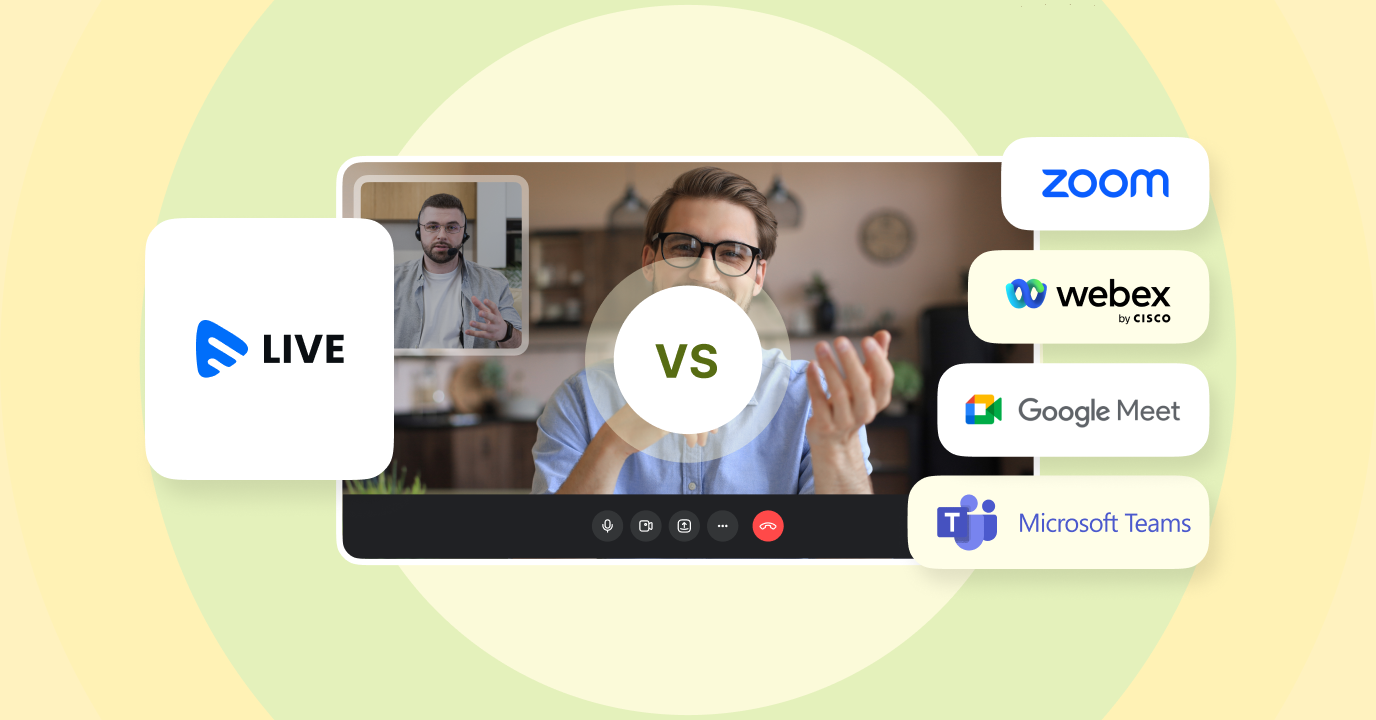When you look at someone’s browsing history, you will get to know more about the person than their social media account. Alie took this information into consideration and built an ‘end user interaction‘ algorithm. What Alie does is to analyze the behavior of a user on the website, which product do they react positively to, and which products they are coming back to. It also clusters the products according to the likes and dislikes of the user so as to recommend the right product later.
Benefits of Using Alie’s End User Interaction Algorithm
1. Works With Minimum User Data
As this algorithm focuses on the preferences of one user, there is no need to analyze and cluster other users’ likes and dislikes. This is why the data usage is minimum.
2. Avoid Cold Start Issue
If a new product is introduced on the website, the recommendation engine using collaborative filtering will have to wait to recommend that product unless there is a significant amount of interaction between the users and the product. However, it is not the scenario with Content-based filtering that is Alie’s end user interaction algorithm as Alie recommends products based on similar items.
3. Easy To Implement
With Alie, you don’t have to worry about the implementation of Alie with your website. All you need to do is set up your account on Alie CMS, create a new project and lastly, add your website’s data through APIs or JS plugins. After finishing this, choose ‘end-to-end user interaction’ in the algorithm section, and that’s it. Let Alie do the work for you.
Use Case of Alie’s End User Interaction
Jenny read a news article about climate change. Now, Alie will recommend Jenny articles related to climate change.
Wrapping Up,
To know more about how you can use Alie’s end user interaction algorithm and other features that come with it, try the 14-day free trial of Alie.













Add your comment